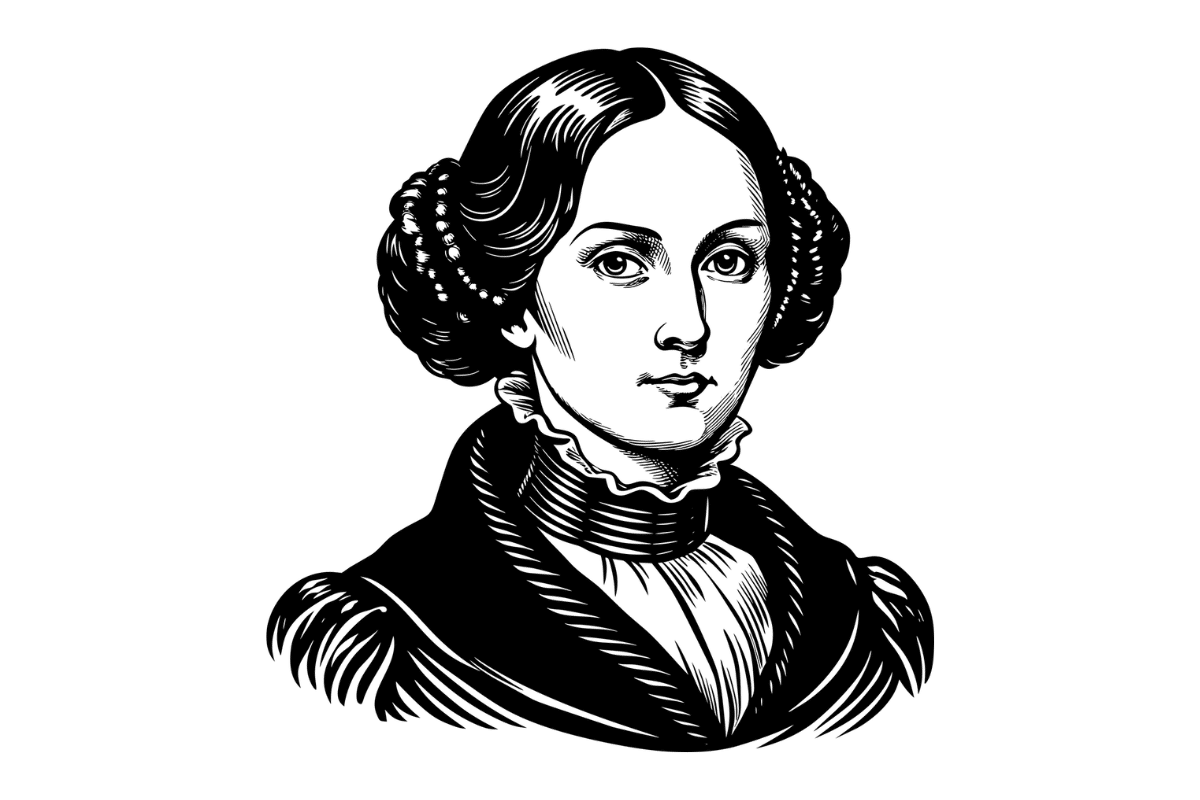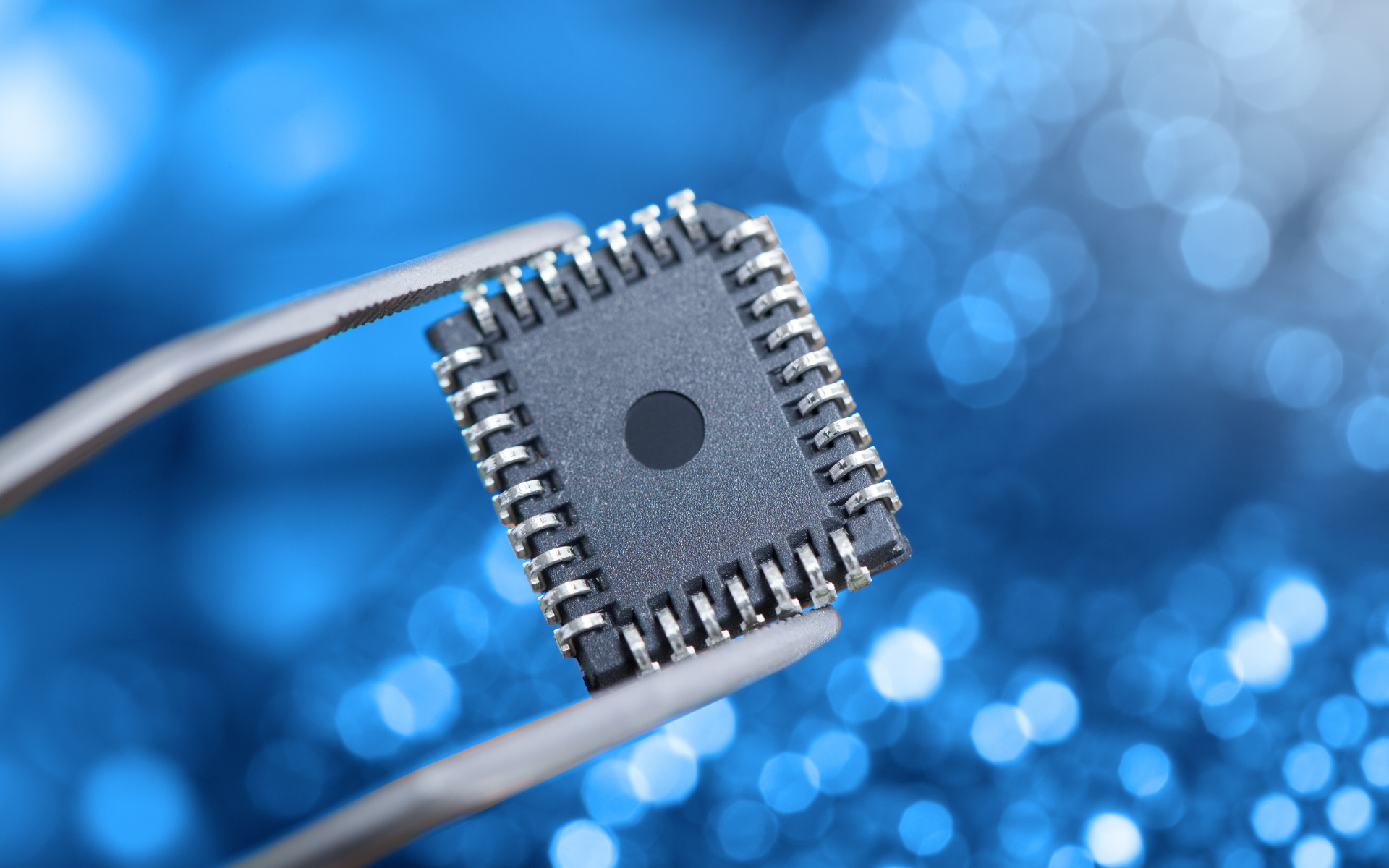
Ada Lovelace: the first programmer in history
In the world of technology, one name stands out among the pioneers: Ada Lovelace, considered the first programmer in history. At a time when women had few opportunities to excel in scientific fields, Ada envisioned a future dominated by machines capable of performing complex tasks, long before modern computers were even invented.
Ada Lovelace’s impact on the world of computing, technology and innovation was incredible: a woman capable of imagining concepts such as algorithms, machine learning and programming itself when they did not yet exist. So let’s find out who Ada Lovelace was and how she revolutionized the concept of computing.
Who was Ada Lovelace?
Born Augusta Ada Byron on December 10, 1815, Ada was the daughter of the famous Romantic poet Lord Byron and Annabella Milbanke, an educated woman with a passion for mathematics. From a young age, Ada demonstrated a strong interest in science and mathematics, thanks to the rigorous education provided by her mother, who hoped to steer her away from her father’s artistic temperament.
This scientific upbringing allowed Ada to distinguish herself in a field dominated by men. Her ability to apply practical mathematics to broader concepts was instrumental in shaping her destiny.
The collaboration with Charles Babbage
A pivotal moment in Ada Lovelace’s life came when, at the age of 17, she met Charles Babbage, a British scientist and mathematician known for designing the Analytical Engine, considered the first model of a mechanical computer. The Analytical Engine, conceived by Babbage in the 1830s, was a revolutionary machine capable of performing complex calculations. However, it lacked a true understanding of how it could be programmed to do much more.
This is where Ada stepped in. Collaborating with Babbage, she translated an article by the Italian engineer Luigi Menabrea on the Analytical Engine, adding a series of notes that far surpassed the original text. In these notes, Ada developed what is now recognized as the first algorithm intended to be processed by a machine, marking the birth of the concept of programming.
The first algorithm in history
Ada didn’t just describe simple arithmetic operations. In her notes, she hypothesized how the Analytical Engine could go beyond numerical calculations, suggesting it could manipulate symbols and create abstract relationships, foreshadowing the ability of machines to perform complex operations like modern computers do.
In her algorithm, designed to calculate Bernoulli numbers, Ada displayed a unique vision: she foresaw that machines could be programmed to perform a wide range of tasks, not just mathematical computations. In an era when computers didn’t exist, Ada envisioned the possibilities of programming, laying the groundwork for modern computer science.
Ada Lovelace’s impact on the modern world
Although Babbage’s Analytical Engine was never built during Ada’s lifetime, her ideas became central to the development of the concept of a programmable computer. Her work remained buried in history for many years, but today, Ada Lovelace is rightfully celebrated as a pioneer. The programming language Ada, developed in the 1970s by the United States Department of Defense, was named in her honor.
Today, Ada’s insights find application in every field that involves computing and programming. From robotics to artificial intelligence, her vision of machines capable of performing complex tasks through precise instructions has paved the way for technological revolutions that continue to shape the modern world.
Ada Lovelace and the future of computing
Ada Lovelace was not just a mathematician, but a visionary who saw beyond the technological limits of her time. Her reflections on the possibility that machines could process symbols, texts, or images—not just numbers—anticipated the development of advanced technologies such as natural language processing and machine learning.
In today’s context, where computing and programming have become essential skills, Ada stands as a symbol of how imagination can push the boundaries of what’s possible. She serves as an example of how women have contributed to technological progress from the very beginning and how their voices must be increasingly valued in STEM fields.
Conclusion: Ada Lovelace’s enduring legacy
Today, Ada Lovelace is recognized as one of the most important figures in the history of technology and computing. Every year, on Ada Lovelace Day, her contributions—and those of women in science, technology, engineering, and mathematics—are celebrated.
Her impact on the modern world cannot be overstated: it is thanks to her vision that we now speak of programming, software, and artificial intelligence. Her ability to look beyond numbers and imagine a future where machines could become powerful tools for humans is why Ada Lovelace remains an inspirational figure, not just for women in technology, but for anyone who believes in the power of innovation.
Ada Lovelace was not just the first programmer in history; she was a pioneer who anticipated the evolution of the digital world.








